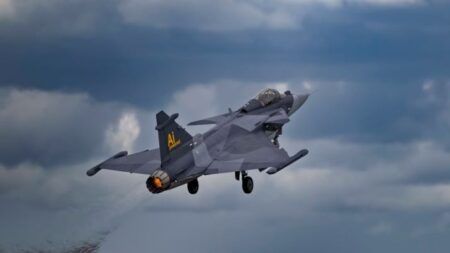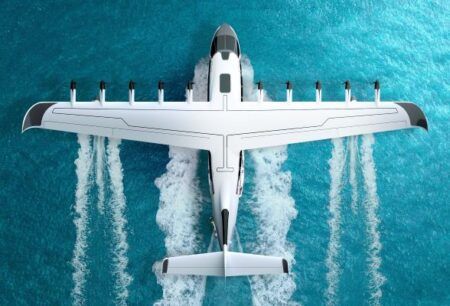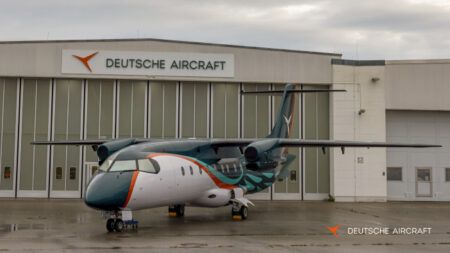Caption: The first Ultra Long Range A350 XWB performs its maiden flight
The ultra long range version of the Airbus A350 XWB, MSN 216, has successfully completed its first flight.
The ultra long range (ULR) aircraft will be able to fly further than any other commercial airliner and will enter service with launch operator Singapore Airlines later this year. It has a range of 9,700 nautical miles, meaning it can stay in the air for up to 20 hours, and a maximum take-off weight (MTOW) of 280 tons.
The aircraft is powered by Rolls-Royce Trent XWB engines and has embarked on a short flight test programme to certify the changes to the ULR version over the standard A350-900.
The changes include a modified fuel system to increase fuel carrying capacity by 24,000 litres, without the need for additional fuel tanks.
According to Airbus, the modifications include adaptations to the fuel system computer, to the air venting and inert gas distribution piping in the wings. The changes can be easily reonfigured to revert the ULR to the standard A350-900 variant.
The test phase will also measure the enhanced performance from aerodynamic improvements, including the aircraft’s extended winglets.
Singapore Airlines has ordered seven A350-900 Ultra Long Range aircraft, which it will use on non-stop flights between Singapore and the US, including the world’s longest commercial service between Singapore and New York.
The A350 widebody long-haul airliners have a carbon fibre fuselage and wings and aerodynamic improvements that result in a 25% reduction in fuel burn and emissions, and significantly lower maintenance costs compared to the previous generation’s competitor aircraft, according to Airbus. The company has sold 854 A350XWB to date.
April 23, 2018




